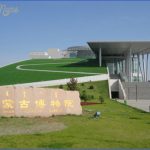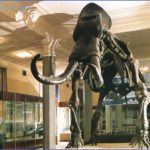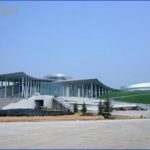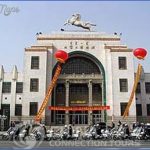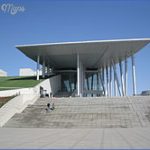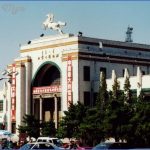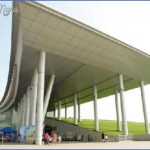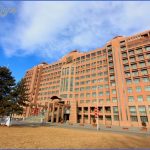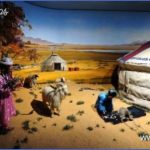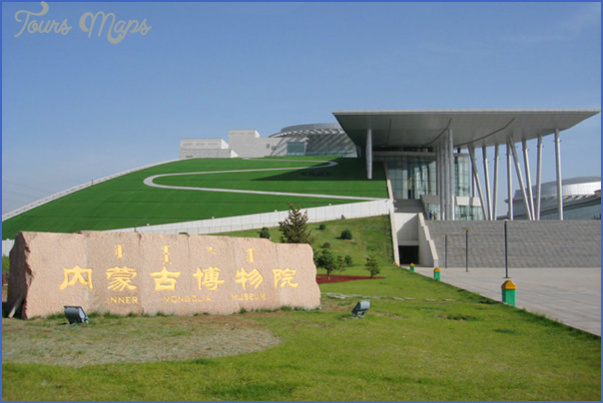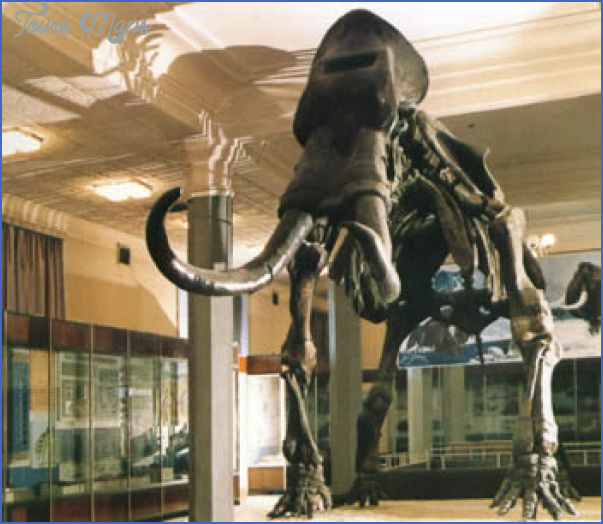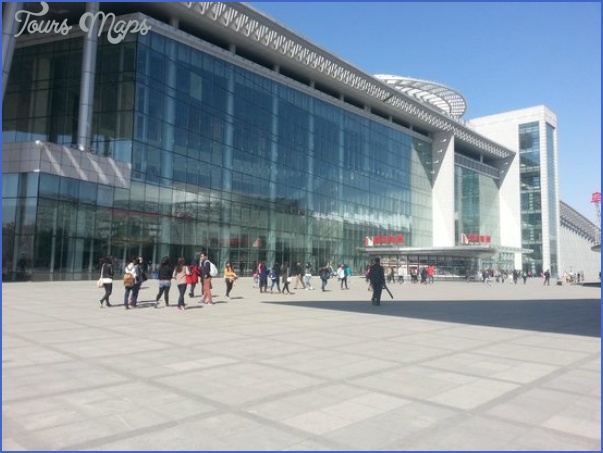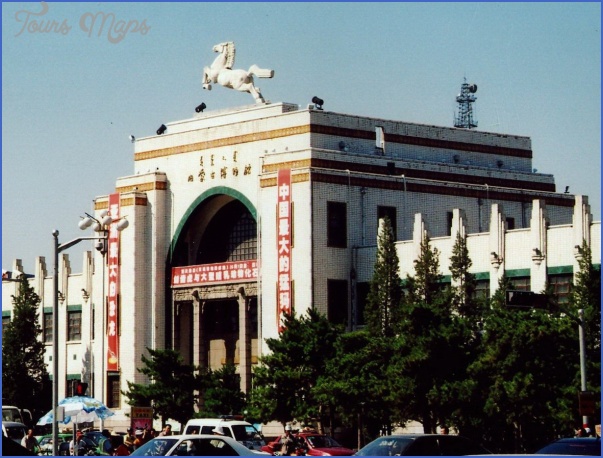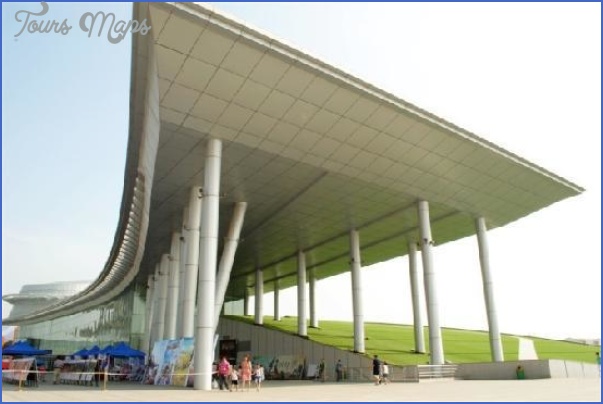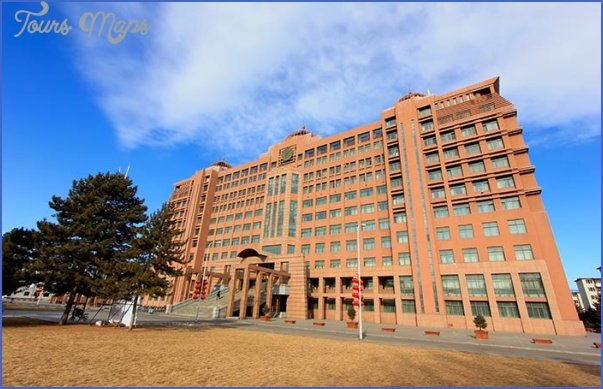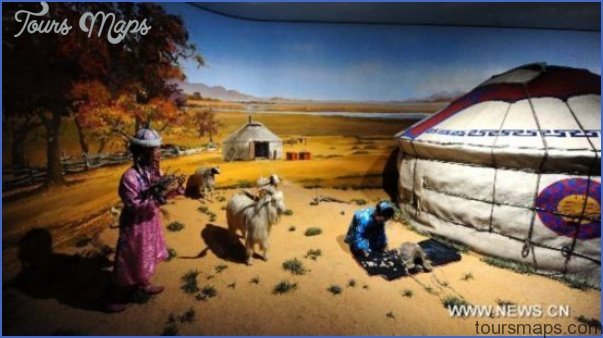In contrast to many other Chinese towns Hohhot is still comparatively young, having been founded in 1581 by the Mongol prince Altan Khan, under the name of Kuku-khoto (Blue Town). The Kangxi Emperor Xuanye (reigned 1661-1722) ensured Chinese supremacy over the Mongols and stationed troops in the town. In 1947, when Inner Mongolia was made an Autonomous Region, it was decided that Hohhot would be its capital.
Today Hohhot is the political, cultural and industrial centre ofthe region. Manufacture of wool and leather products, metal, building materials, engineering and chemical industries all play an important role.
The Lama Temple of Xilitu Zhao in the Old Town was founded in the Ming period (1368-1644); it was home to the famous Huofo Xitiuke, who was tutor to the fourth Dalai Lama. To the south-east of the Main Hall, which is laid out in Tibetan style like all the other halls, stands a 15m/50ft high stupa (Buddhist shrine), one of the most beautiful to be found anywhere in Inner Mongolia.
Dazhao Monastery, to the east of Xilitu Zhao, was built in Sino-Tibetan style in 1567 by Altan Khan, who converted the Mongols to the teachings of the Tibetan Gelupga sect. It boasts a silver statue of the Buddha, which is why the site is also known as the Silver Buddha Temple.
This museum at Xinhua Dajie No. 1 provides information about Mongolia and its people, including displays of traditional crafts.
Museum of Inner Mongolia Photo Gallery
Maybe You Like Them Too
- The Best Cities To Visit in The World
- World’s 10 Best Places To Visit
- Coolest Countries in the World to Visit
- Travel to Santorini, Greece
- Map of Barbados – Holiday in Barbados

